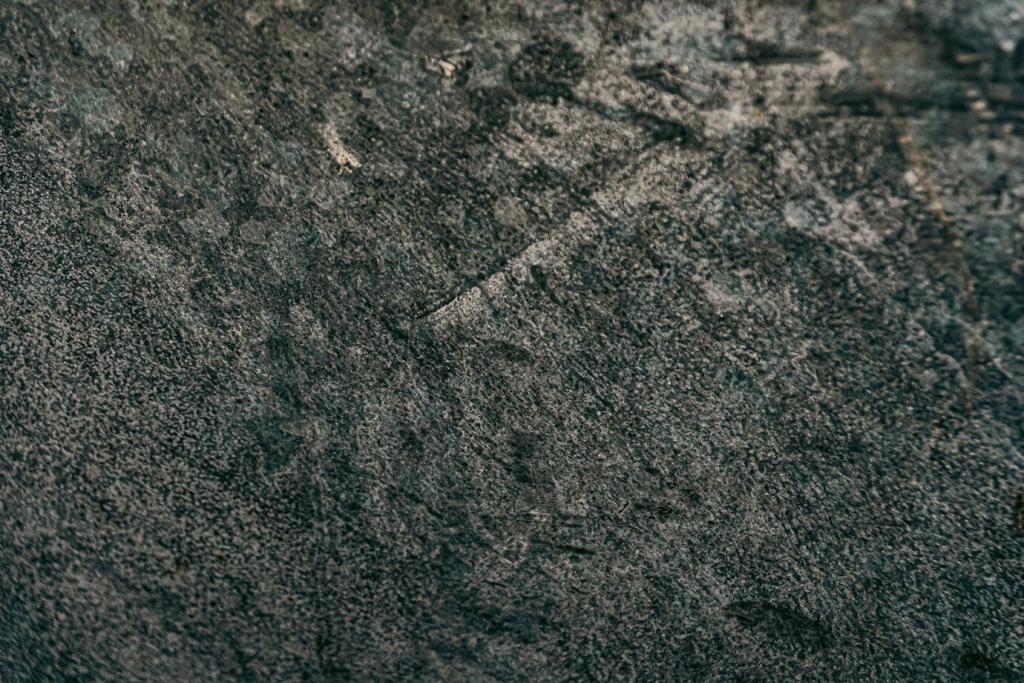Start with Purpose: Define Your Minimalist Vision
Before the first drawer opens, write a short manifesto about why you want less. Mention desired feelings, non-negotiables, and daily habits you want space for. Tape it inside a cabinet, and revisit it whenever decisions feel heavy or uncertain.
Start with Purpose: Define Your Minimalist Vision
Give each room a job: the bedroom restores, the kitchen nourishes, the living room connects. Decide capacity limits, like two throw blankets or one bookshelf. Boundaries reduce decision fatigue and make future purchases easier to evaluate and decline.
Start with Purpose: Define Your Minimalist Vision
Pick a tiny target: a junk drawer, a purse pocket, or a single shelf. Set a five-minute timer and remove anything broken, duplicated, or unloved. Quick wins generate confidence, encouraging you to return tomorrow with renewed energy and clarity.






